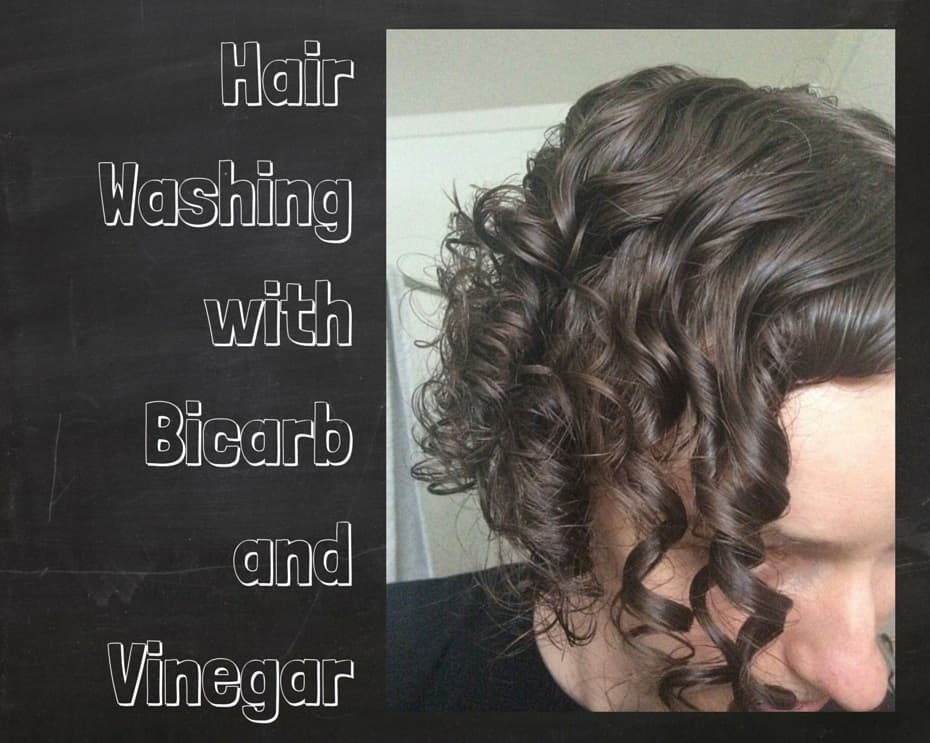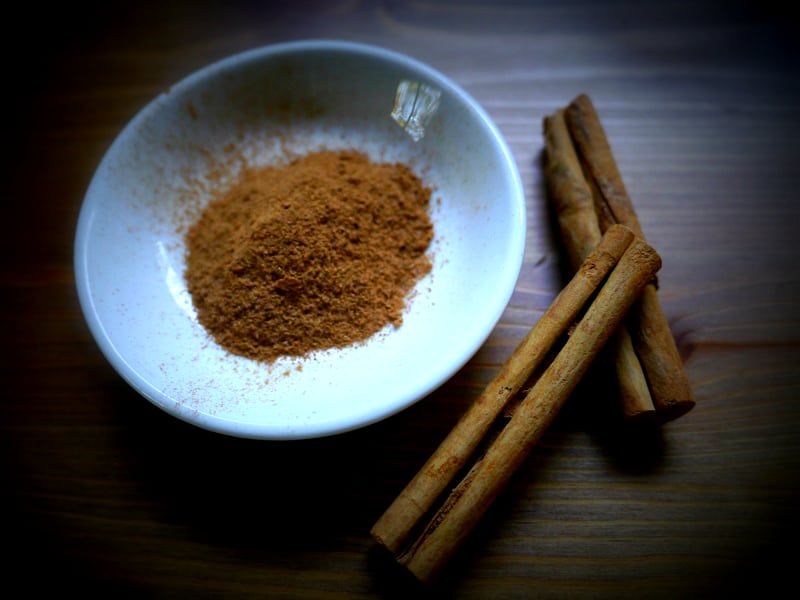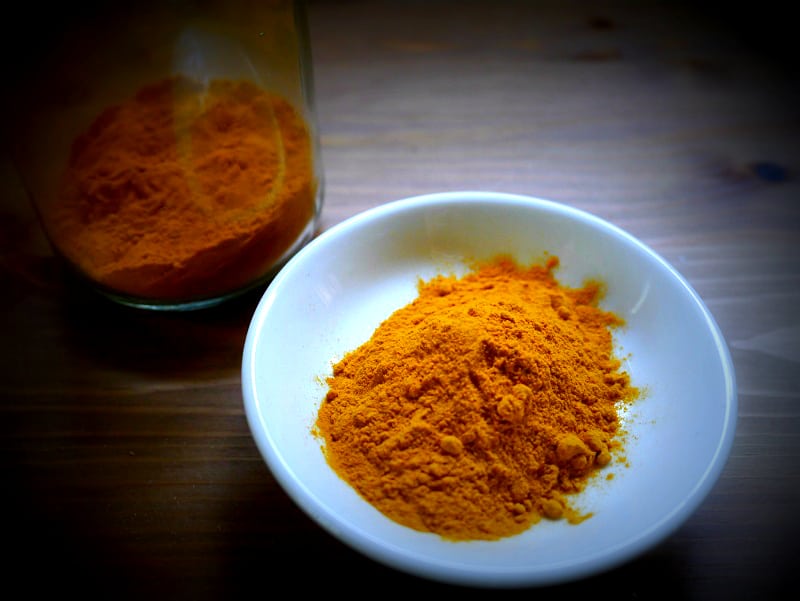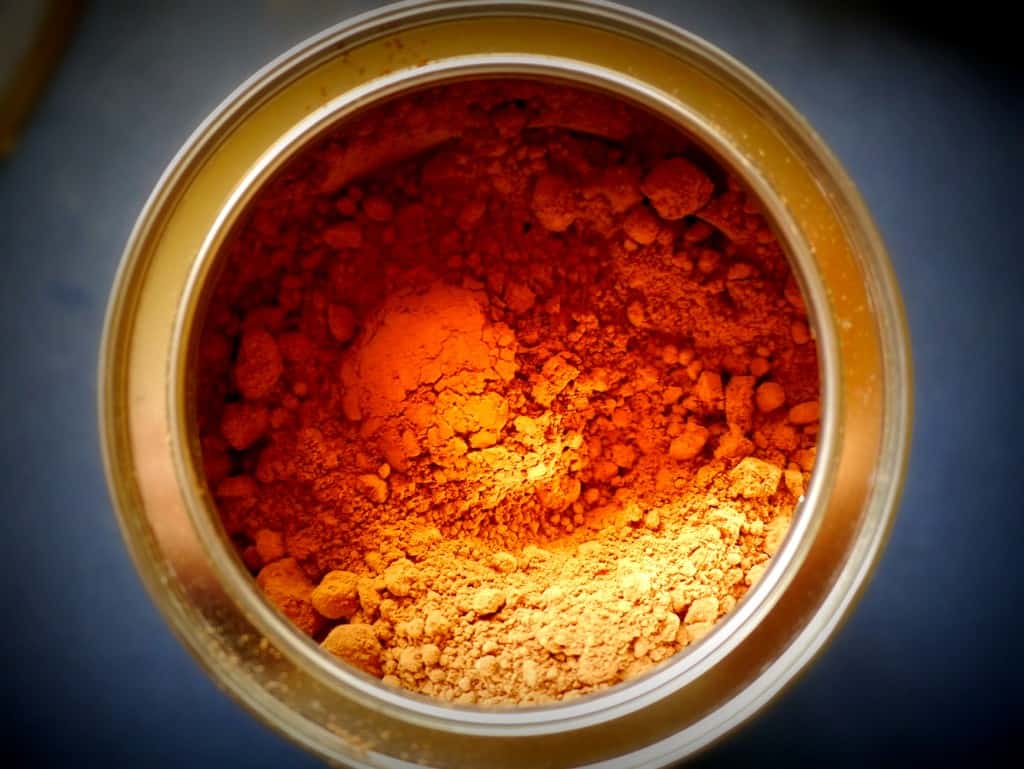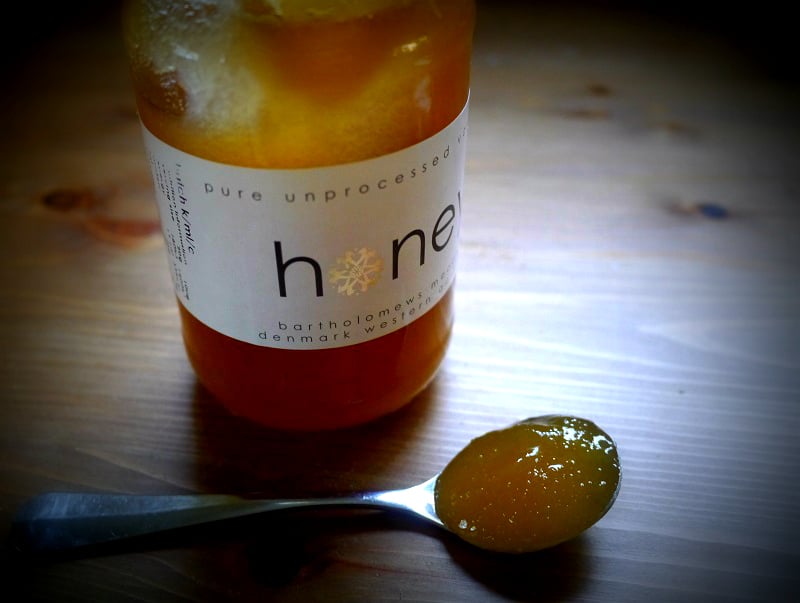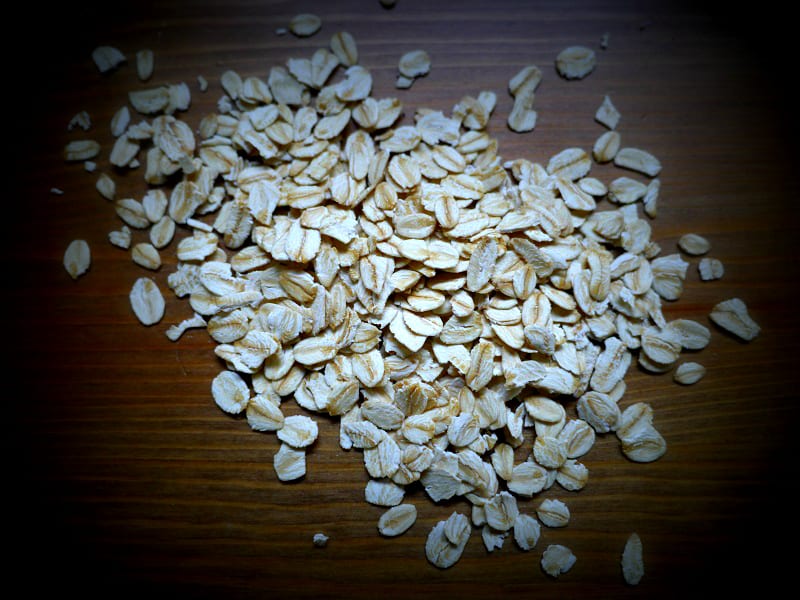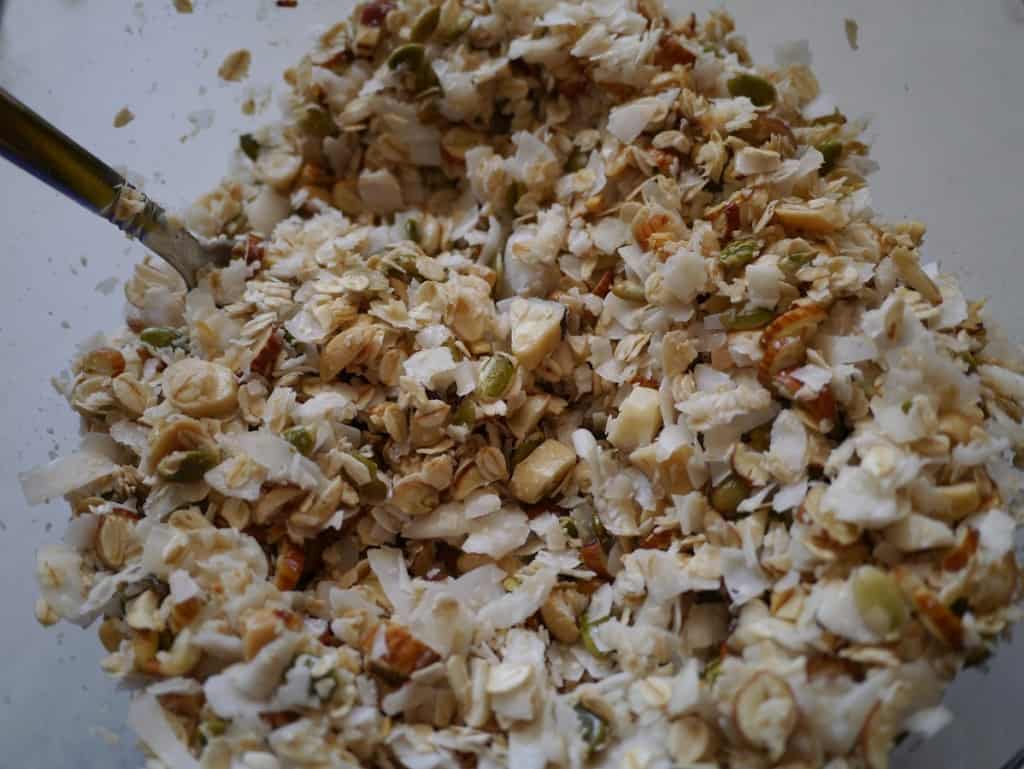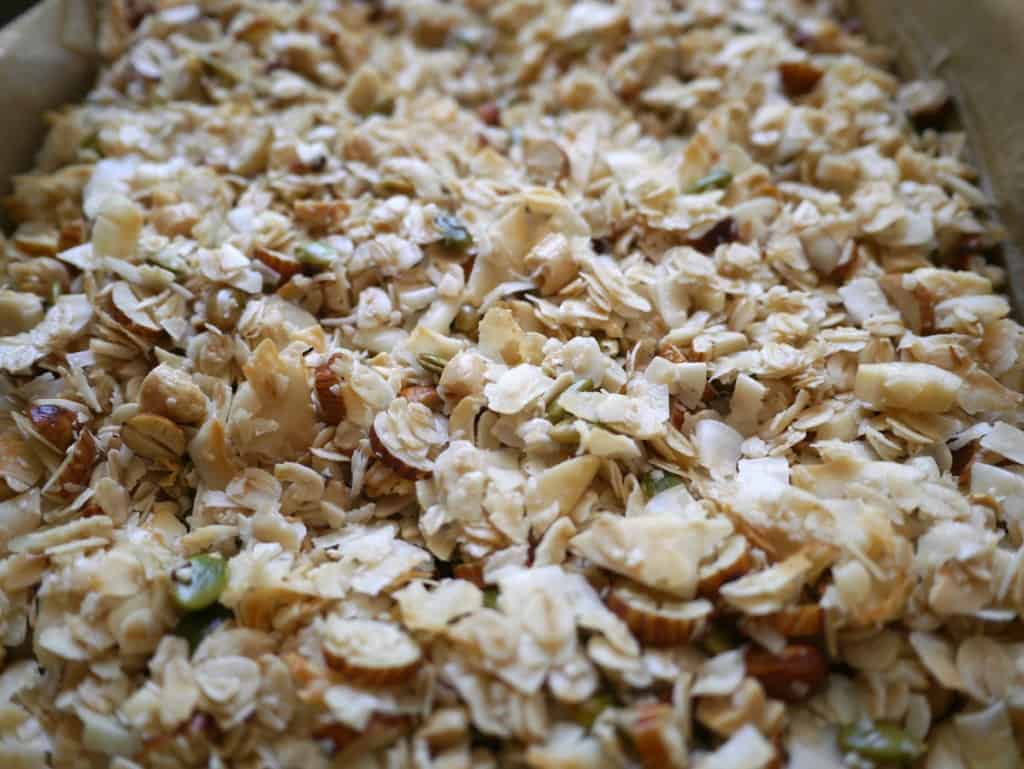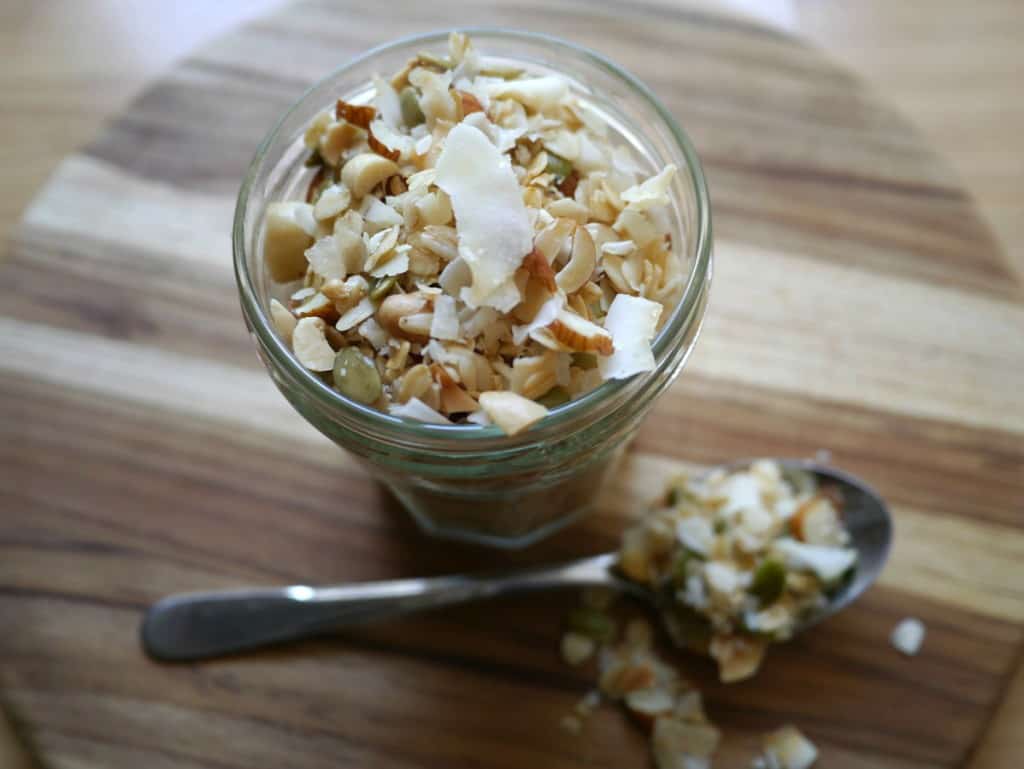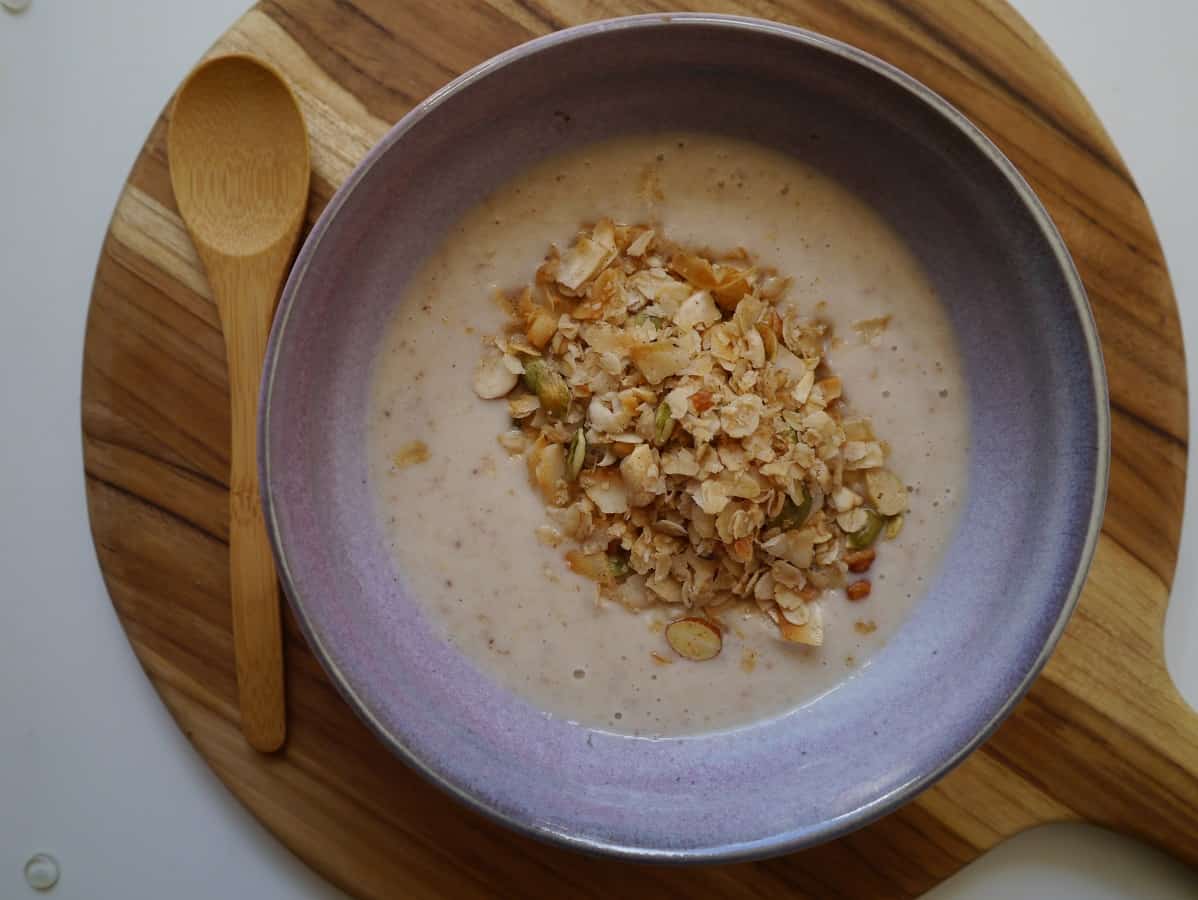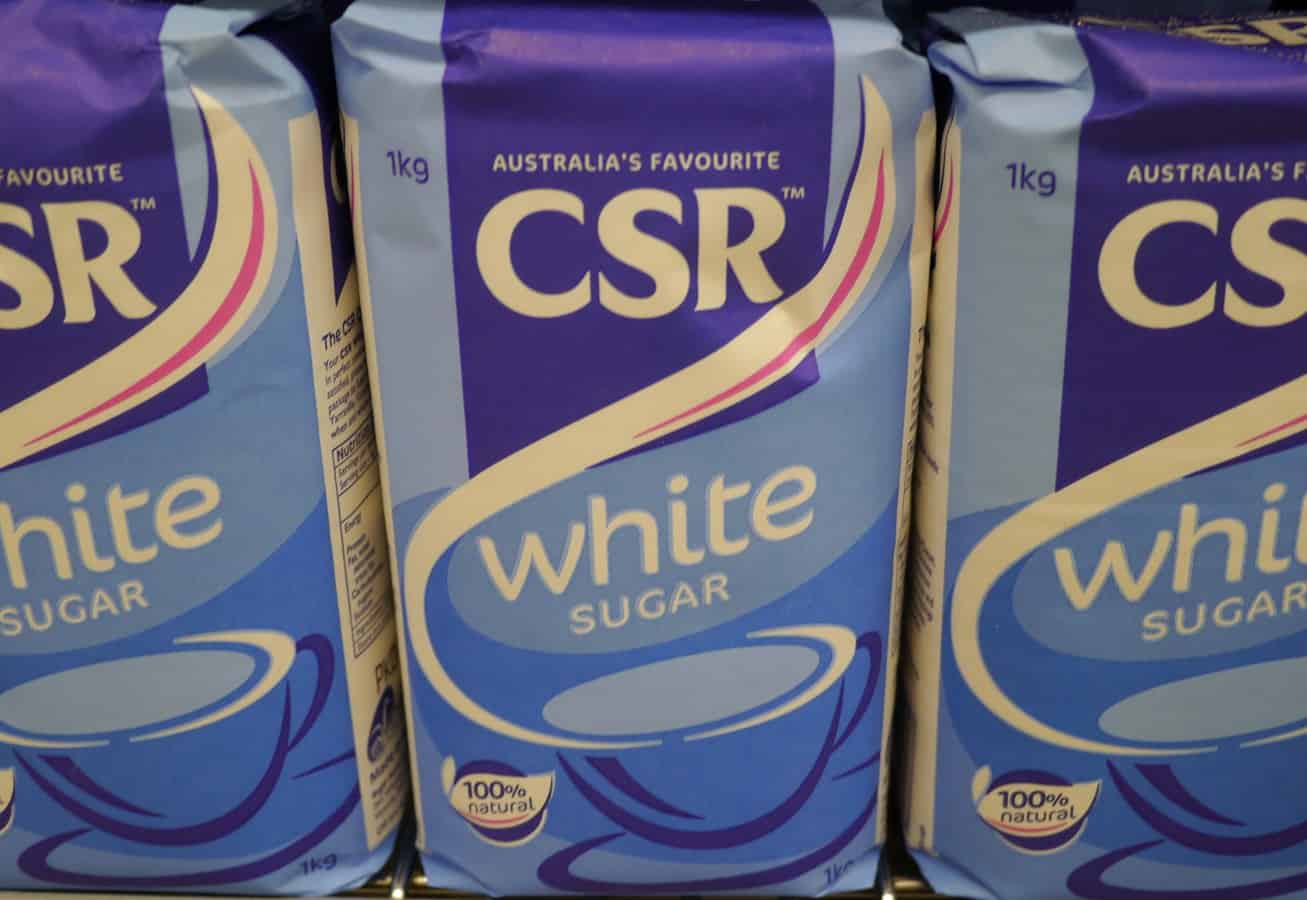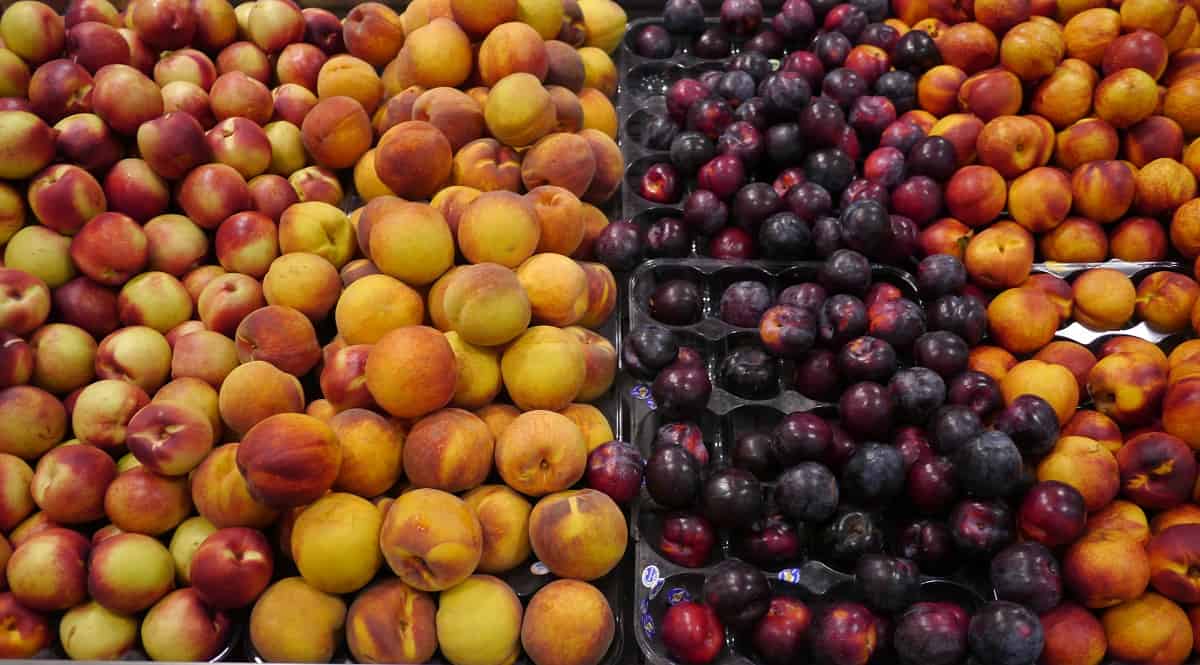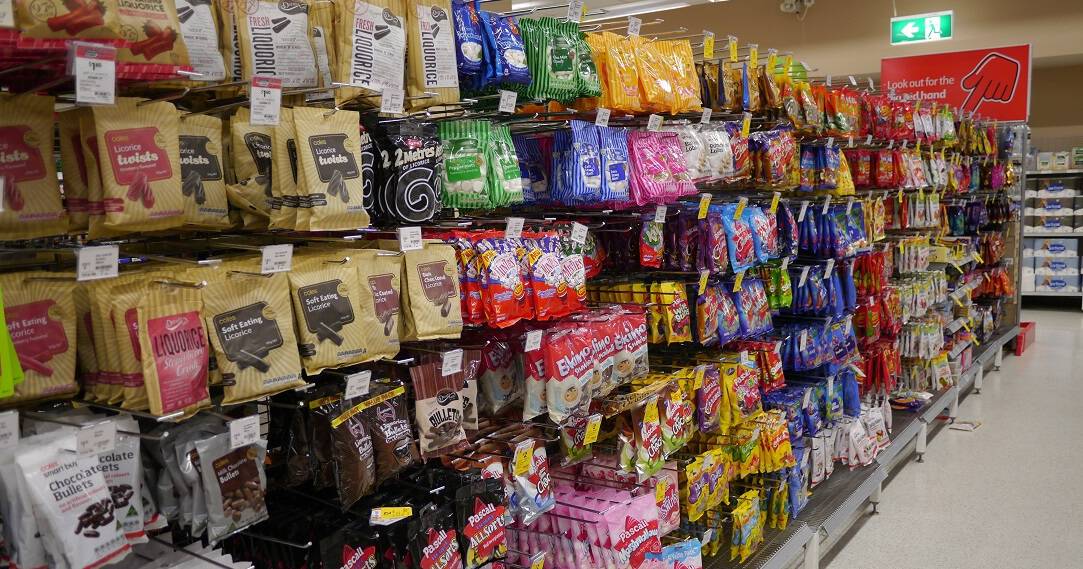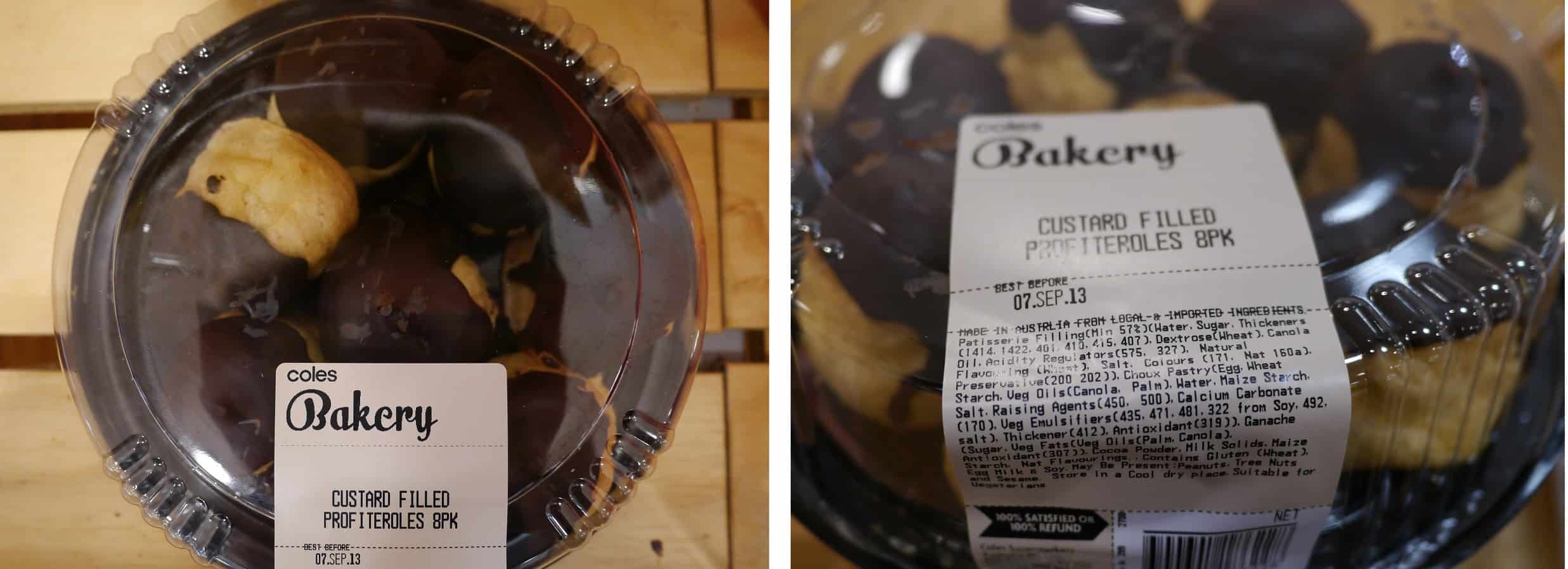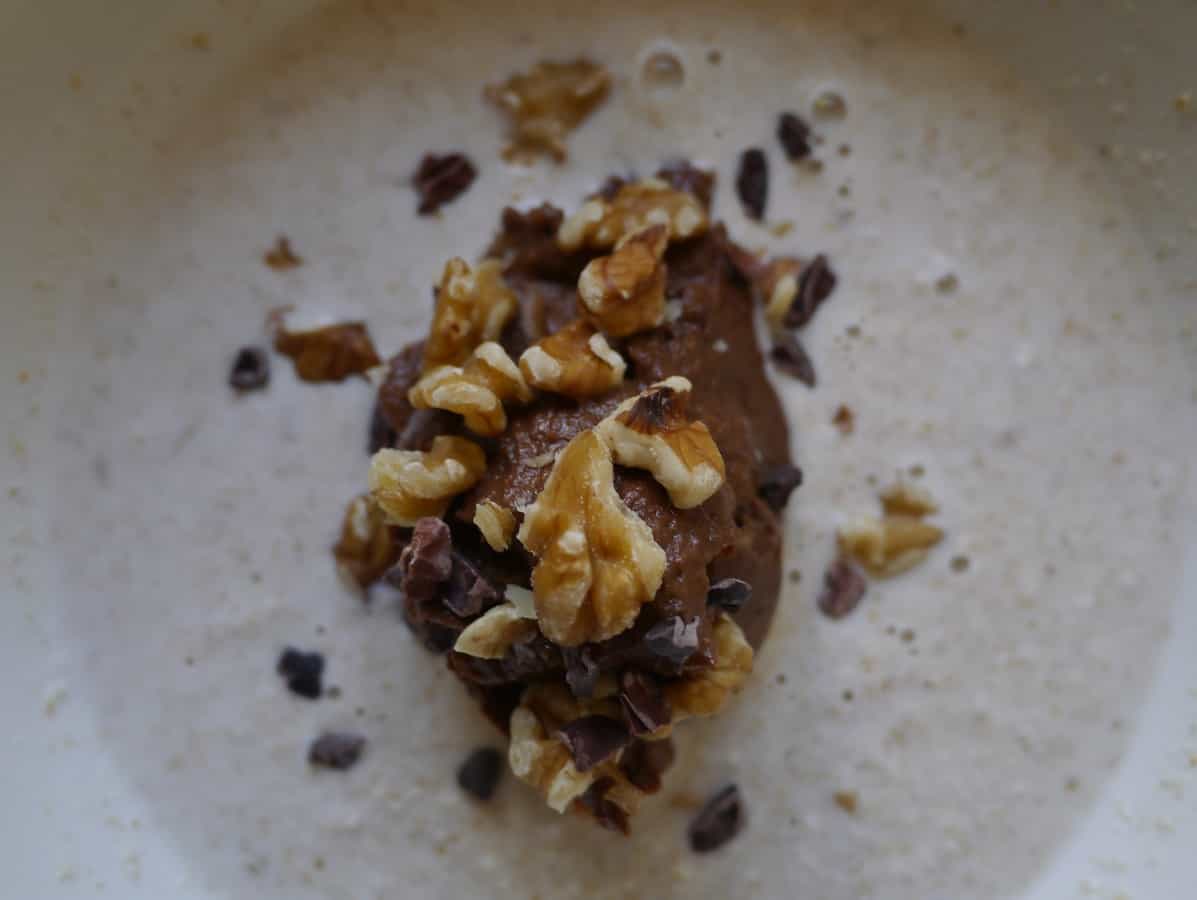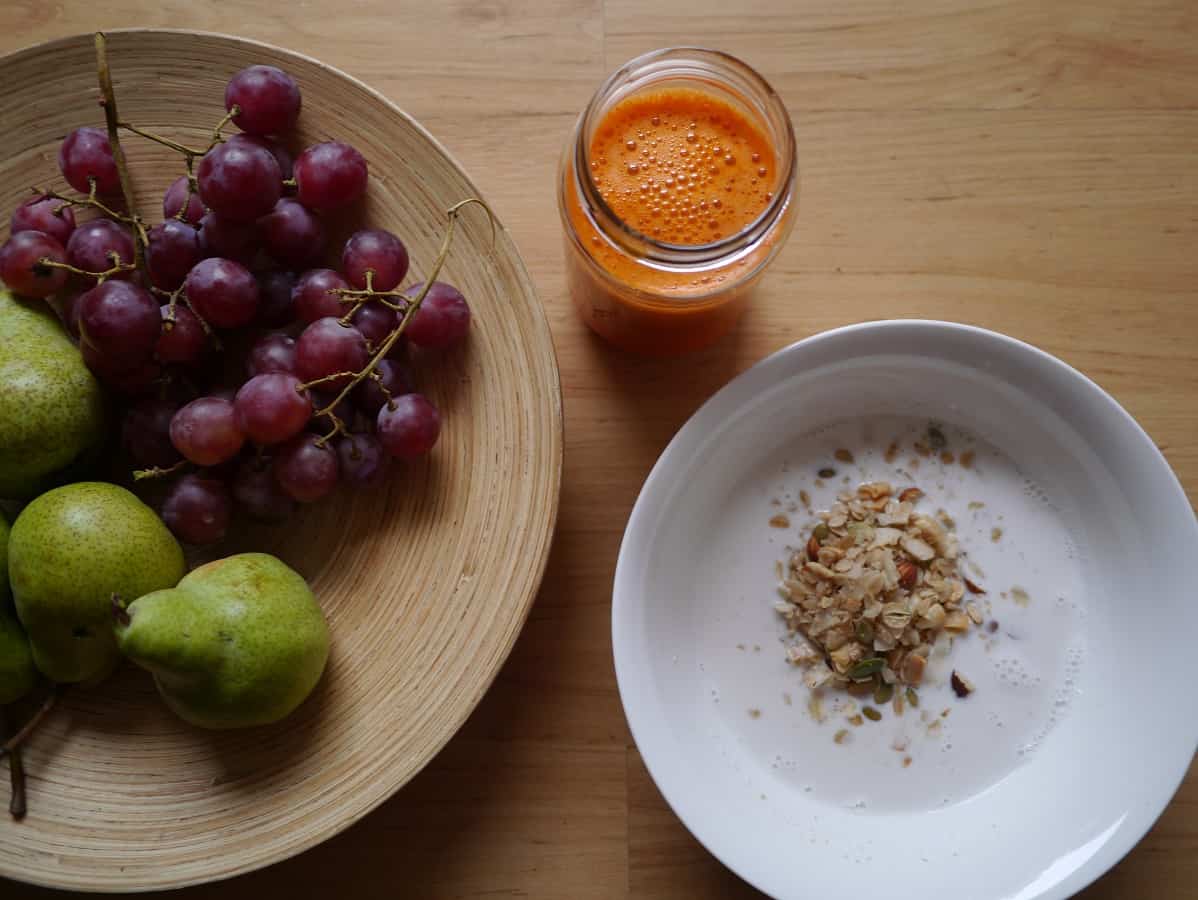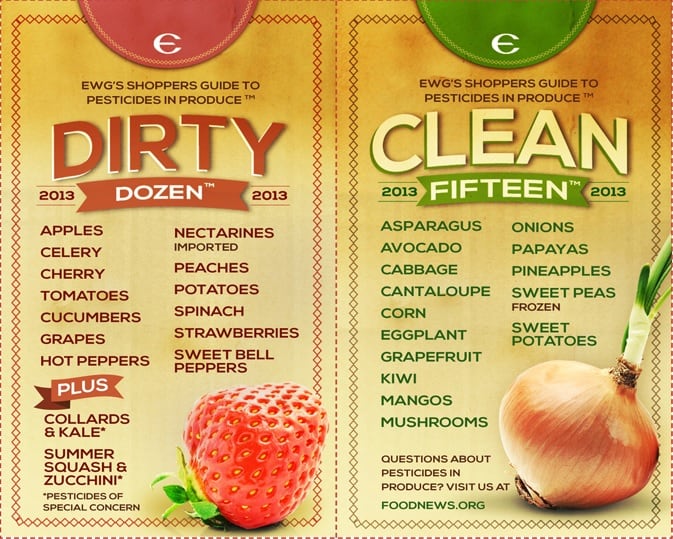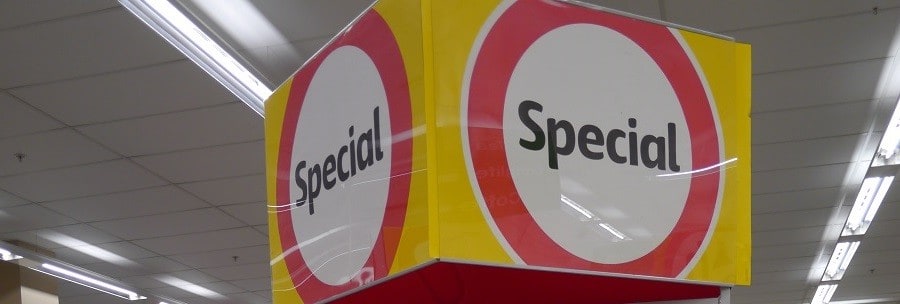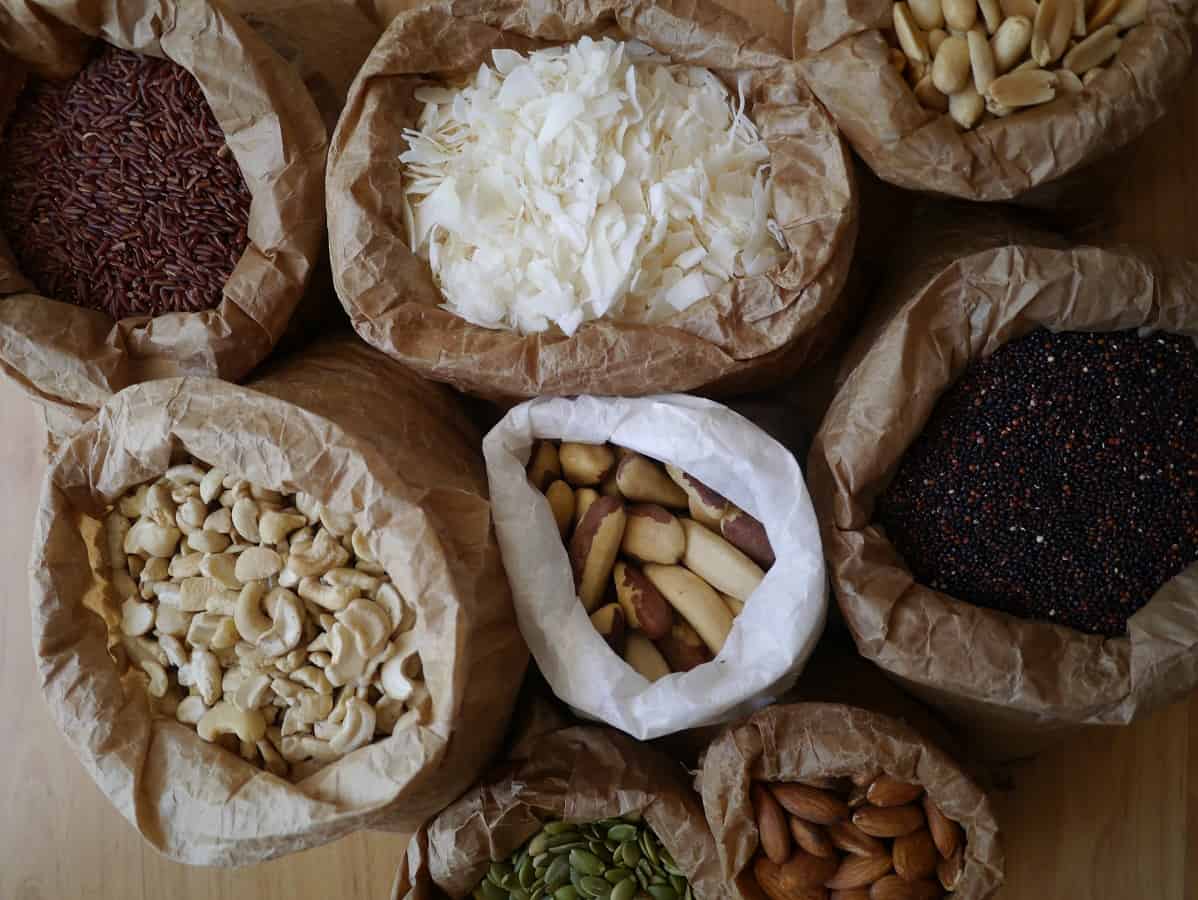The Bicarb No-Poo Hair-Washing Controversy
I never even knew that there was a baking soda hair washing controversy. I’ve been washing my hair with bicarb and vinegar since last June, and I’ve had no problems. My hair looks and feels better, and I’m in love with the simplicity of it. So when I got this email from a reader, I was quite surprised!
“I was looking at the bicarb/vinegar hair cleaning idea and saw a couple of links like the one below about the pH levels etc. Just wondering if you’d come across this kind of feedback before and if so, whether you found it valid or not? I’m sure like anything there’s people for and against, just curious about the science behind this lady’s thoughts.”
The link she was referring to was an article called Baking Soda Destroyed My Hair. Punchy title, no? I hadn’t seen the article before, so I read it, and then a few more.
Here are my thoughts.
The Science Behind Bicarb and Vinegar Hair Washing
The pH scale measures whether a substance is acidic or alkaline, and runs from 0 to 14. 0 is the most acidic, 14 is the most alkaline and 7 is neutral (pure water has a pH of 7). The skin has a layer on the surface known as the acid mantle, which is a mixture of sebum (oil that the skin produces) and sweat. This acid mantle has a slightly acidic pH (around 5.5).
Most cleansers and shampoos are alkaline because these clean better than acidic products. Alkaline products will also open up the hair cuticle, as will hot water and hair brushing. However alkaline products can leave the skin and hair feeling dry, and if hair cuticles are left open the hair is more susceptible to damage. That is why conditioner is used after shampooing – to smooth the cuticles and protect the hair shaft.
Bicarb soda is a base with a pH of about 9. Vinegar is an acid with a pH of almost 2. Bicarb is used as a cleaner to remove dirt and grime from the hair; it is also an excellent exfoliant. The vinegar rinse (the vinegar should be diluted so it is not too acidic – I use a 1:4 ratio vinegar:water) restores the pH of the skin to an acidic level, and closes the hair cuticles.
Thoughts on Whether Bicarb and Vinegar Cause Hair Damage
I’ve never read that you should dilute the bicarb to make it less basic – to me that just doesn’t make sense! I use bicarb knowing that it is a base, and only mix with a tbsp water. If hair is wet and you’re in the shower, there’s gonna be some dilution going on, but bicarb is still alkaline.
I disagree that using bicarb and vinegar is like dyeing your hair twice a week. Hair dyes, which are also alkaline, are left on the hair and scalp for for ages, hours even. The bicarb goes straight on, wait a minute and then off. Not quite the same!
Most bar soaps are alkaline and can have pH as high as 10. Many facial cleaners also have an alkaline pH – that’s how they clean. Alkaline products are definitely drying on the skin, which is why it’s important to moisturise or use facial oils. It’s also important that these finishing products more closely match the skin’s pH as these products will be left of the skin, whereas cleansers are washed off fairly quickly.
The principle is the same with hair. Using an alkaline product will help clean the hair but it risks drying out the scalp and hair if the alkalinity is not countered, wither with a vinegar rinse or other moisturizing treatment.
Remember too that plenty of other environmental factors play a role in the condition of our hair. Diet, medication, hair dyeing, pollution, sunshine, ocean water, chlorine from swimming pools and aging all have an impact of the condition of our hair.
It is clear that the lady who wrote the article has suffered hair damage. What works for some people doesn’t neccessarily work for everyone. In the same way that some people live using bar soap whilst others find it too drying, bicarb clearly does not work for everyone. I know several people who have used bicarb and vinegar for decades and swear by it; the internet will tell many other stories of people who didn’t get on with it.
My conclusion would be that it’s not dangerous, but its also not for everyone. If you can’t get on with it, it’s probably best to try something else.
Don’t Want Bicarb Drying Out Your Hair? Try These Alternatives
If you’re worried about bicarb drying out your hair, there are plenty of alternatives.
- If you’re happy to stick to bicarb, you can use oils or other treatments (such as avocado, egg or honey) to moisturize your hair after washing.
- Try using oil to restore moisture to you hair after washing. Try treating your hair with olive oil: After cleaning your hair, squeeze out excess moisture, rub a couple of tablespoons of olive oil in your hands, and then rub evenly through into your hair. You can leave the oil on for as long as you like – even overnight (but you’ll need to wear a shower cap!) – the more dry or damaged your hair is, the more beneficial leaving it for longer will be. Wash the oil out after you’re done.
- Another alternative is moisturising your hair with coconut oil before washing, to help protect the cuticles from damage.
- After using vinegar ,you could always opt to use regular conditioner (choose one with natural ingredients and preferably some oils) to moisturise your hair.
Feeling less trusting of bicarb after reading this?
- One popular alternative I found is using rye flour to clean your hair. You use it in the same way as bicarb, making a paste with a small amount of water and rubbing into your hair, before rinsing out and proceeding as normal. Rye flour has a pH of 5.5 so is slightly acidic. I haven’t tried this but I would expect it to be worse at cleaning, but I like that it is plant-based rather than mined. Rye flour has less gluten than other flours so should make less mess in your bathroom.
- Another option might be to combine bicarb with rye flour so the mix is less alkaline. Again, I haven’t tried this or measured the pH – if you do this please leave a comment and let me know the results.
- A third option is washing your hair with clay. (Yes, clay!) Meg from Mrs M’s Curiosity Cabinet uses Rhassoul clay and loves it!
I love the way bicarb and vinegar cleans my hair: I also love the simplicity and minimalism of it (no extra bottles cluttering up my bathroom!). I’m keen to try flour and even clay, but for now I’m sticking to what works for me.
How about you – have you tried bicarb and vinegar hairwashing? Did it work for you or did you never quite get on with it? When did you start using it and have you noticed any drying or damage? Do you have any other green alternatives to suggest? I’d love to hear your thoughts so please leave a comment below!
[leadpages_leadbox leadbox_id=1429a0746639c5] [/leadpages_leadbox]

